Have you ever wondered about totally cost-efficient and even accessible ways; how to fertilize and get rid of pests in your garden? One of them is using banana peels in the garden to boost your plants. Here are a few things you might be happy to know about!
Bananas are good for us; they are delicious and rich in minerals and vitamins, and for the soil too! Recycling banana peels for fertilizer and using them for your plants is an excellent way to save you cash and free source rich in nutrients for the soil and plants.
Bananas are rich in Potassium, which helps support the plant’s general vigor. In this way, the plant gains resistance to harmful pests and diseases and yields more fruit. Potassium is also known for functioning to regulate 50 enzymes in a plant.
You might also like this: How to turn your compost piles?
Let’s have a look at 8 different ways of using banana peels in your garden.
1. Adding It To Your Existing Compost
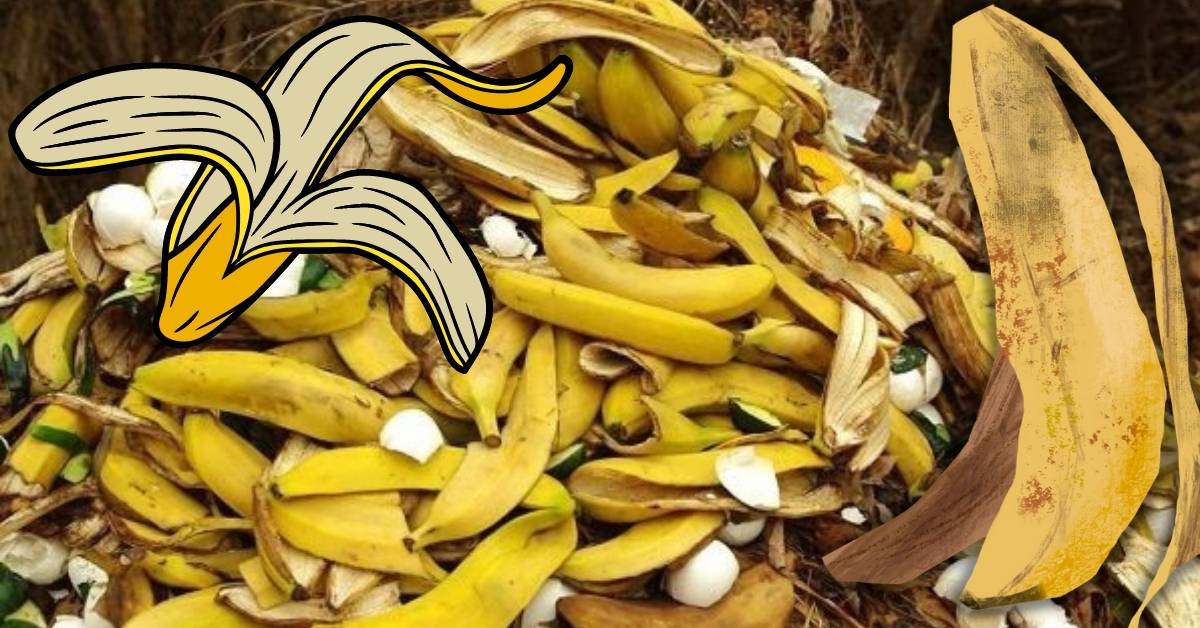
Whether you keep your composts in a compost pile, vermicomposting container, or an actual bin, supplementing your existing compost with peels is a brilliant way of enriching its nutrient facts.
You can add them as a whole, chopped slurry or soaked, totally up to you, providing that you bury them under a sufficient deepness to not attract other pests such as raccoons and possums by their smell.
2. Using banana peels in the garden for ‘Soil Conditioning’
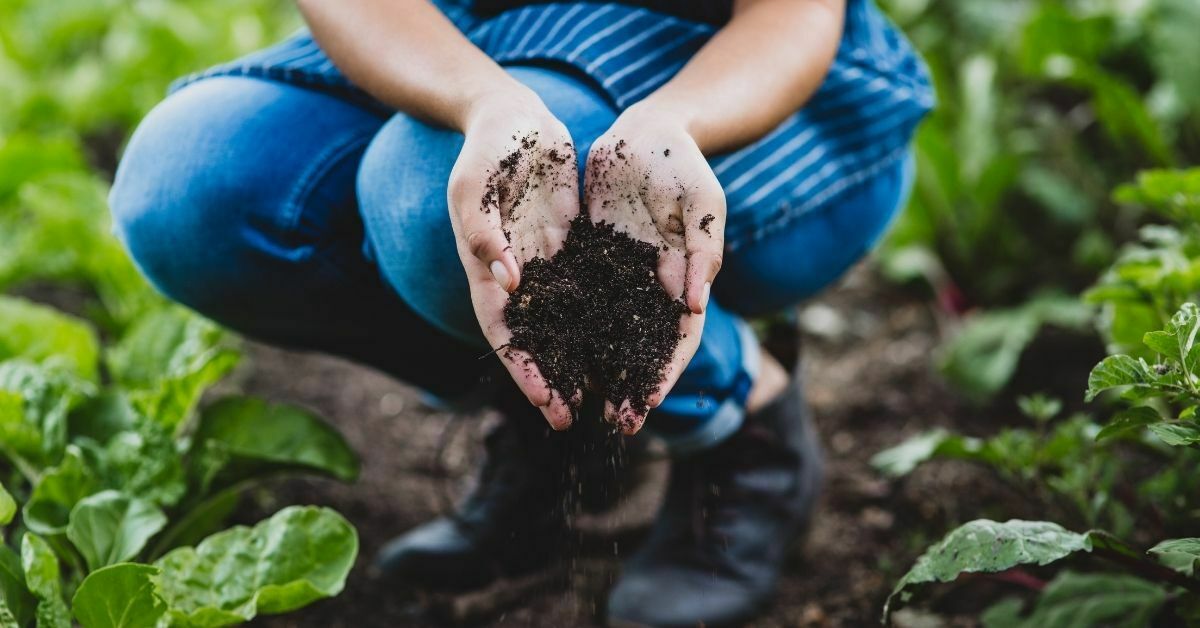
There are different ways of soil conditioning for much healthier plant growth and yield.
One of the easy and cost-effective ways of this is adding your banana peels directly to garden beds around autumn while preparing the soil for veggies and flower beds for winter. Just mix them with the soil as chopped or as a whole. Make sure to mix or bury them well to prevent unwanted pest invaders.
3. Feeding The Seedlings
Using banana peels in the garden by burying the peels along with the seeds and seedlings while planting them provides extra nutrients and healthier growth and decreases germinating seed problems and losses.
Following digging your seed trenches around 2 inches deep, place a peel inside facing up and put the seed on top. Then cover the seeds with soil and care for them as you usually do. They will significantly benefit from the nutrient-rich decomposed banana peels fertilizer during germination and strike roots faster.
4. Set Your Air Plant On A Banana Peel
Set a whole banana peel as the foundation of an air plant when establishing it on its backboard or trunk. Cover it with moss and place the plant on top. The nutrients in the banana peel will be released for the advantage of your fern as it decomposes.
5. To get Rid Of Aphids
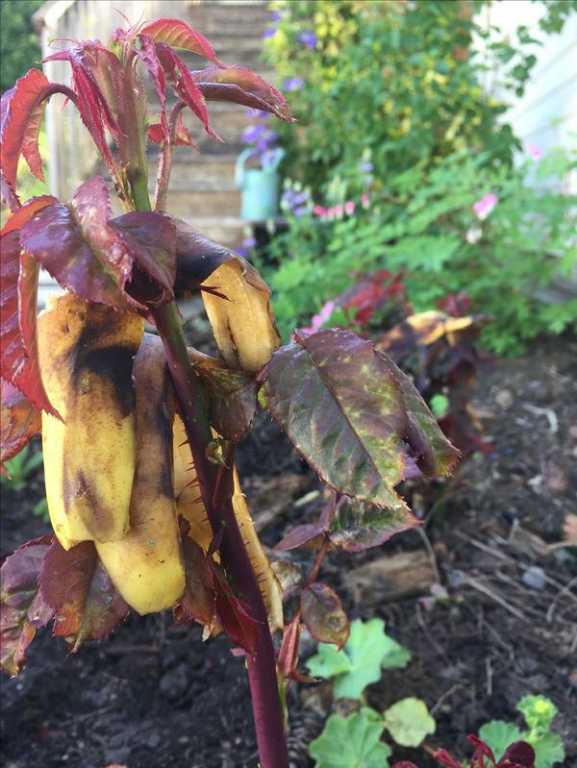
It’s a known fact and danger that if you are too late to defend your garden against aphids, they will possibly decimate your entire garden and make your crops useless. That’s not something you would want to see.
As a gardener, of course, you have your ways to defend your yield, including chemical substance use, yet, you can always prefer to go around the way naturally.
Using banana peels for roses is one of them. Placing the chopped banana peels right under the uppermost layer of the soil will be enough to deter the unwanted aphids from your plants.
6. Preparing Garden Beds
As I stated before, banana peels are rich in nutrient and fertilizing features, which makes them a must soil amendment substance if we want a cost-effective and chemical-free way of doing the job.
Following your tilling the soil process, just chop them and spread them around the soil to let them chemically weather and boost the microbial propagation, which enables expedient worms to de-aerate the soil and increase the quality. Again make sure to mix and bury them deep to prevent the animal invades.
7. Using Banana Peels As a Supplement
To harness the full potential of banana peels as a nourishing supplement for your plants, a simple yet effective method involves preparing a sizeable container and filling it with water.
Immerse your banana peels within this aqueous environment, allowing them to steep and release their valuable nutrients over the course of a few days. Through this process, you create a nutrient-rich concoction that can significantly enhance the growth and vitality of your crops.
Once the soaking period is complete, you are left with a powerful elixir that should not be squandered. Rather than discarding the remaining pulps of the banana peels, seize the opportunity to maximize their utility.
These residual materials still hold substantial nutritional value and can be further utilized to fortify your garden’s ecosystem. By employing this simple yet resourceful technique, you are able to repurpose every aspect of the banana peel, transforming it into an invaluable asset for your plants.
By watering your precious greenery with this enriched solution, you provide them with a vital surge of essential nutrients, thus fostering robust growth and a thriving harvest. Let no part of the banana peel go to waste, as each fragment holds the potential to nurture and invigorate your garden.
8. Fertilize Tomato Plants
Utilizing banana peels as a natural fertilizer for your tomato garden is an astute choice, given their remarkable ability to enhance the soil’s nutrient composition. These seemingly ordinary fruit remnants hold a wealth of essential elements such as potassium, iron, calcium, and an array of other vital minerals.
By incorporating banana peels into your gardening practices, you can effectively fortify the soil, resulting in a bountiful tomato harvest that not only reaps financial rewards but also delights your taste buds with unparalleled flavor.
FAQ – Banana Peel Use With Plants
Which plants like banana peels?
Peels from bananas, which are high in potassium, are beneficial to plants such as tomatoes, peppers, and flowers. The calcium found in banana peels is also effective in warding off blossom end rot in tomato plants. The presence of manganese in banana peels is beneficial to photosynthesis, while the presence of sodium in banana peels facilitates the movement of water between cells.
Are banana peels good for all plants?
The peels of bananas provide nutrients that are necessary for the health of any plants that are kept in pots. However, they do not provide all that is required for your plant to thrive. In a manner similar to that of a fertilizer with a delayed release, the potassium found in banana peels, in addition, to trace levels of nitrogen, phosphorus, and magnesium, is added to the soil as the peels degrade.
Can you put banana peels directly in the soil?
Yes. To do that, chop up the peels and sprinkle them straight into the soil in your garden. To do this, slice your banana peels into pieces that are about one-quarter of an inch in size. This will start the composting process and allow some of the vitamins and minerals contained in the peels to be released. Bury them anywhere from a few inches below the top of the soil to down at the very bottom of the hole.
Do banana peels repel insects?
Yes. Banana peels, according to the opinions of gardeners, are effective in preventing aphids such as greenflies, blackflies, and whiteflies. You may toss them about your plants in a sprinkling pattern or even bury them in your garden’s soil. There won’t be any more fly problems in a few days.
Do banana peels attract rodents?
The process of composting is slowed down by banana peels, even though banana peels themselves are biodegradable. It is crucial to be aware of this fact. In addition, if it is not done correctly, the banana peel may attract vermin and other unwanted guests.
image sources: angieslist.com balconygarden thriftyfun
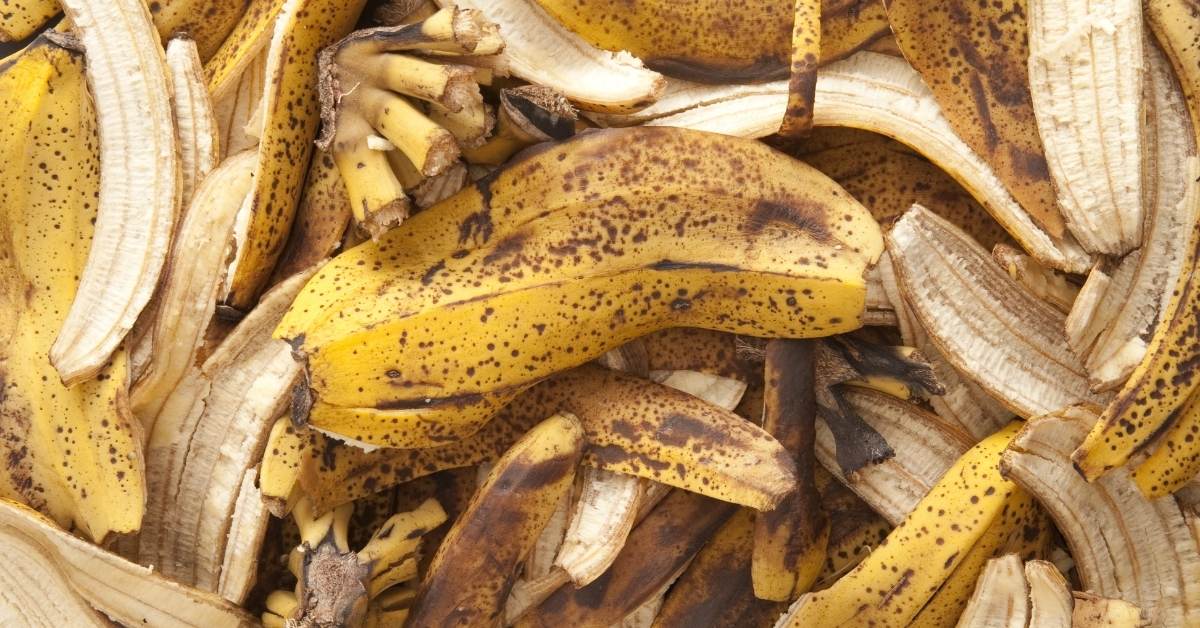
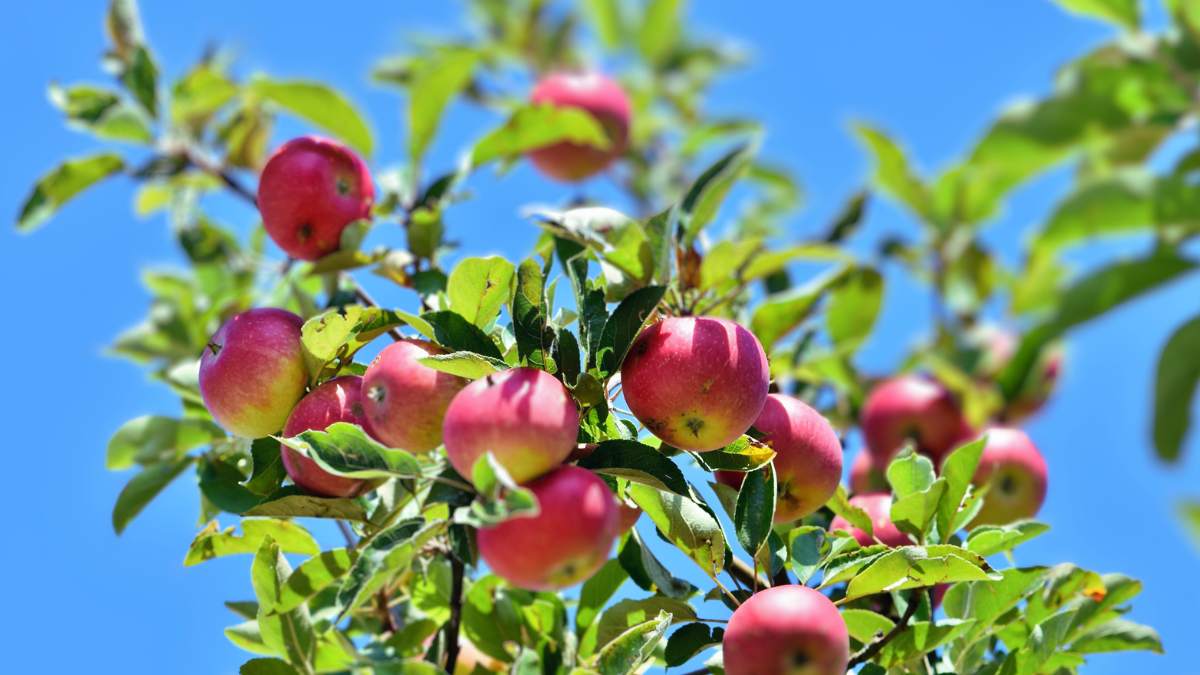
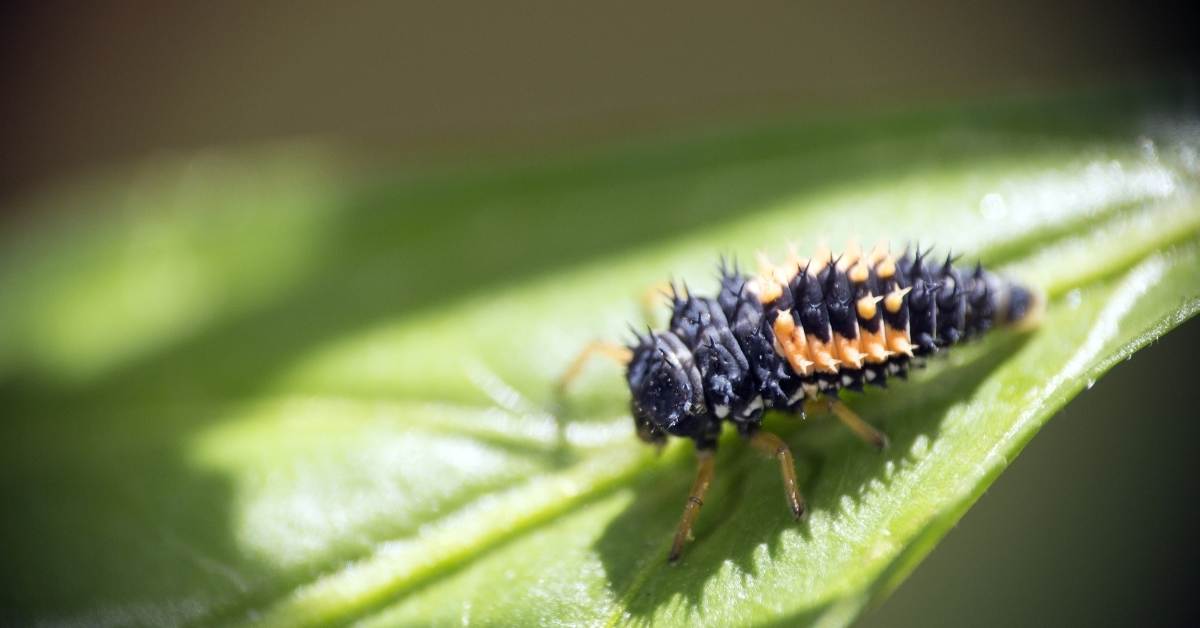
What is good for outside for fleas, mosquitoes, roaches, mice